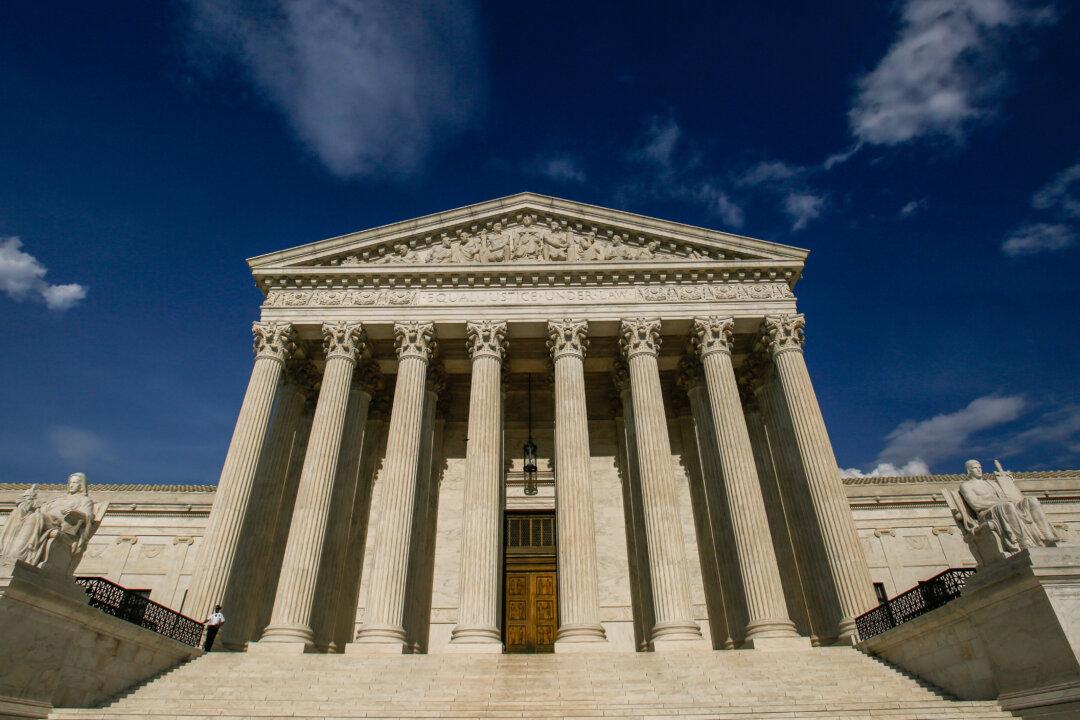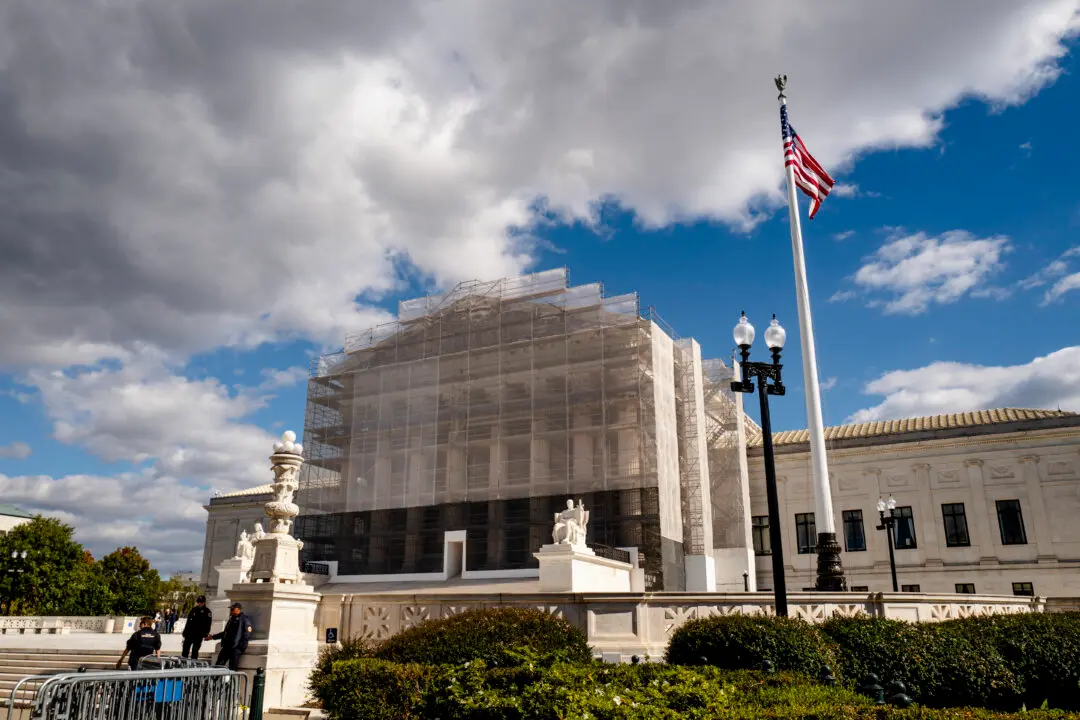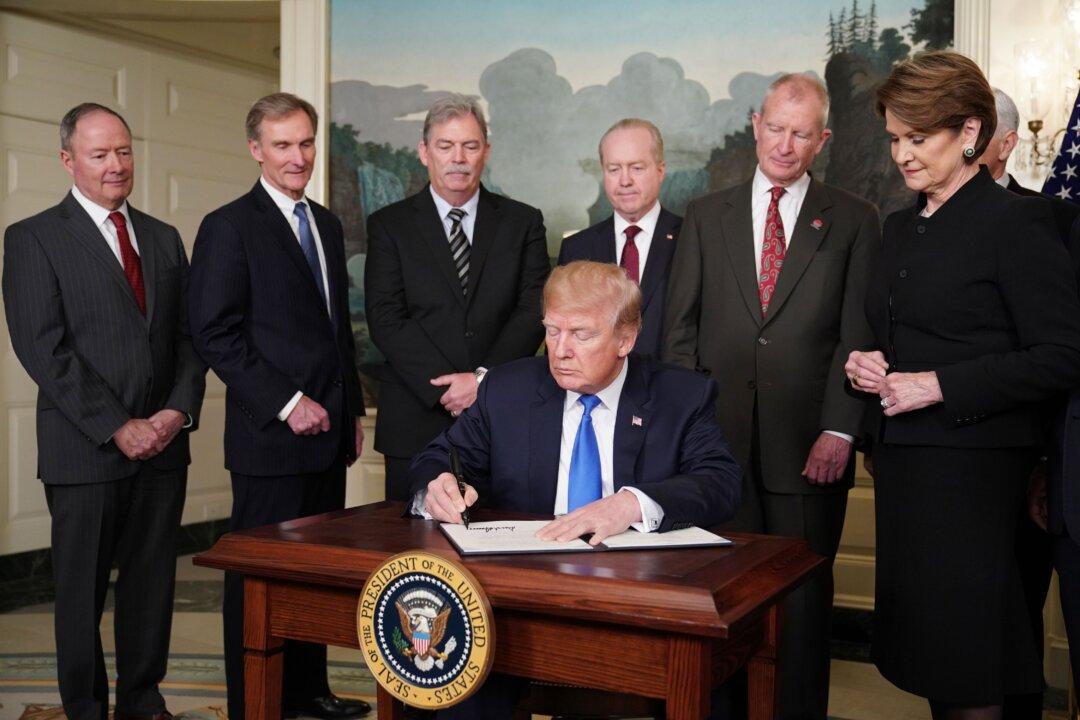Commentary
As the Supreme Court’s recent Obamacare case illustrates, the justices no longer enforce most of the Constitution’s limits on the federal government. But a new property rights decision demonstrates how they are super-enforcing the Bill of Rights.





